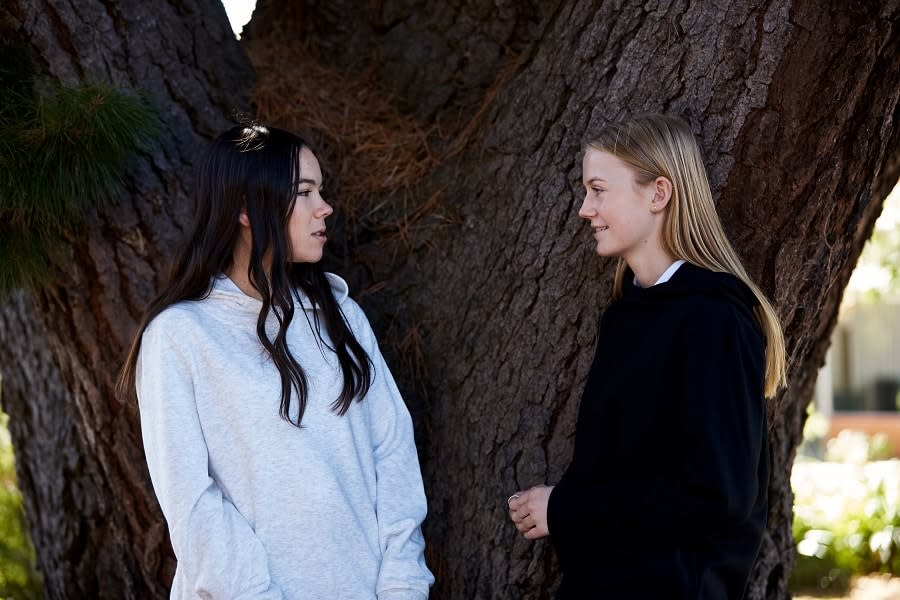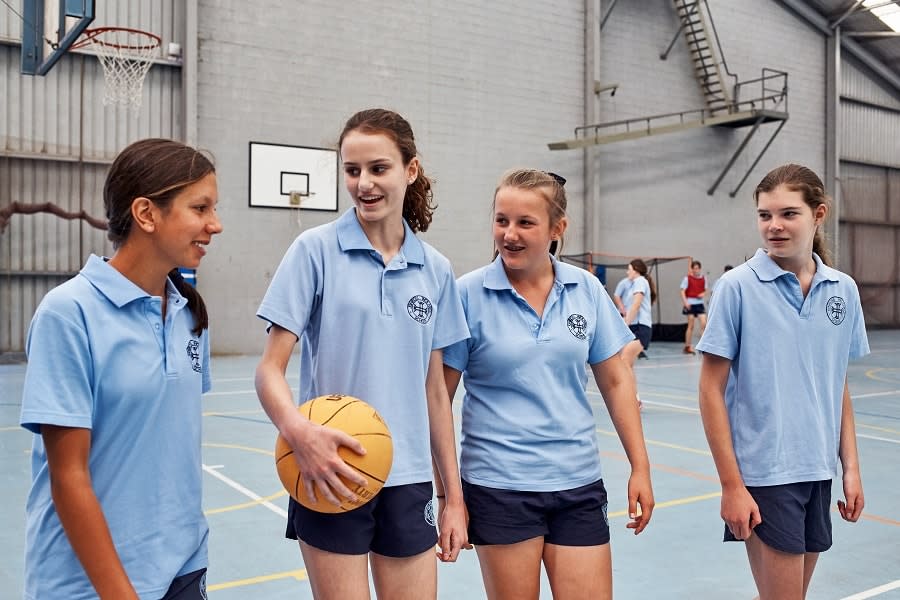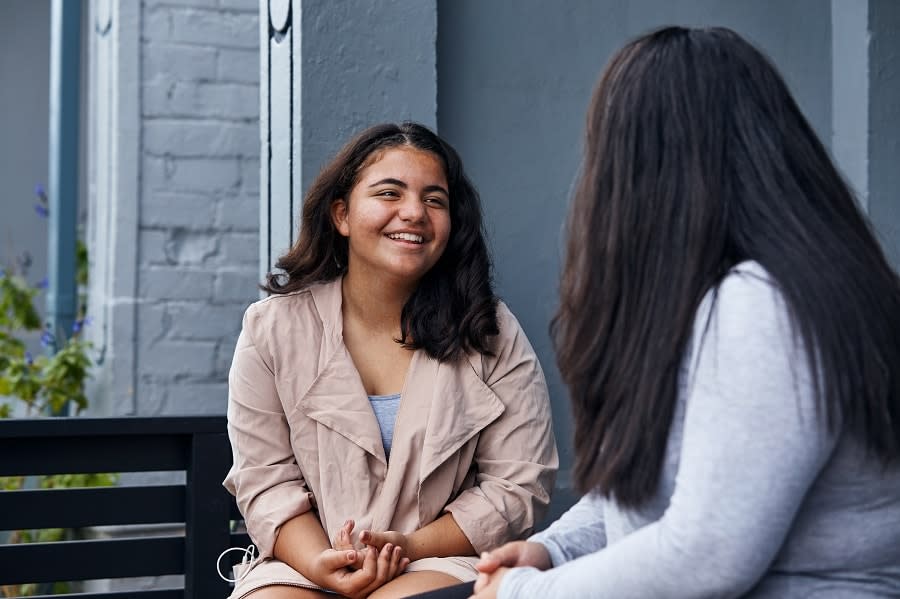Starting a conversation with someone they don’t know can be daunting for students. By practising conversational skills and techniques, students will be able to approach these conversations with confidence and make connections outside of their immediate friendship circle.

Year level
7-10

Duration
5 minutes

Type
In class activity

SEL Competencies
Self-awareness
Social awareness
Relationship skills
Learning intention
Students learn conversational skills to improve their interaction with people outside of their friendship circle.
Key outcomes
By the end of the lesson, students will be able to:
understand ways to start a conversation
identify mistakes that could hamper friendship development.
Materials needed
A4 sheet of paper for each student
Mapped to
Australian Curriculum: Health and Physical Education
Examine the roles of respect, empathy, power and coercion in developing respectful relationships (AC9HP8P04)
Evaluate emotional responses in different situations to refine strategies for managing emotions (AC9HP10P06)
Australian Curriculum: General Capabilities
Personal and Social Capability:
Self-awareness
Social awareness
Social management
Ethical Understanding:
Responding to ethical issues
NSW PDHPE Syllabus
Applies and refines interpersonal skills to assist themselves and others to interact respectfully and promote inclusion in a variety of groups or contexts (PD4-10)
Critiques their ability to enact interpersonal skills to build and maintain respectful and inclusive relationships in a variety of groups or contexts (PD5-10)
Victorian Curriculum: Health and Physical Education
Investigate the benefits of relationships and examine their impact on their own and others’ health and wellbeing (VCHPEP127)
Examine the impact of changes and transitions on relationships (VCHPEP143)
Activity 1
Instructions
5 minutes
Hand each student a sheet of paper.
Ask them to draw a grid on the paper with four squares.
Ask them to label the first two squares ‘DO’ and the last two squares ‘DON’T’.
Read students this case study: ‘Hannah, aged 16, is at a big function where she knows only a few people and is feeling a bit shy and isolated. She sees another person about her age and decides to try to start a conversation with him.’
Ask each student to independently think of two pieces of advice they could give Hannah about what to DO to successfully start and maintain the conversation. Students write their responses in the two ‘DO’ squares on their grid.
Then ask them to think of two mistakes that Hannah should try to avoid, and to write these in the ‘DON’T’ squares on their grid.
Debrief: Explain to students that while it can sometimes be overwhelming to approach people and start a conversation in a group situation, it can be helpful to focus on things to do, rather than on what not to do.




